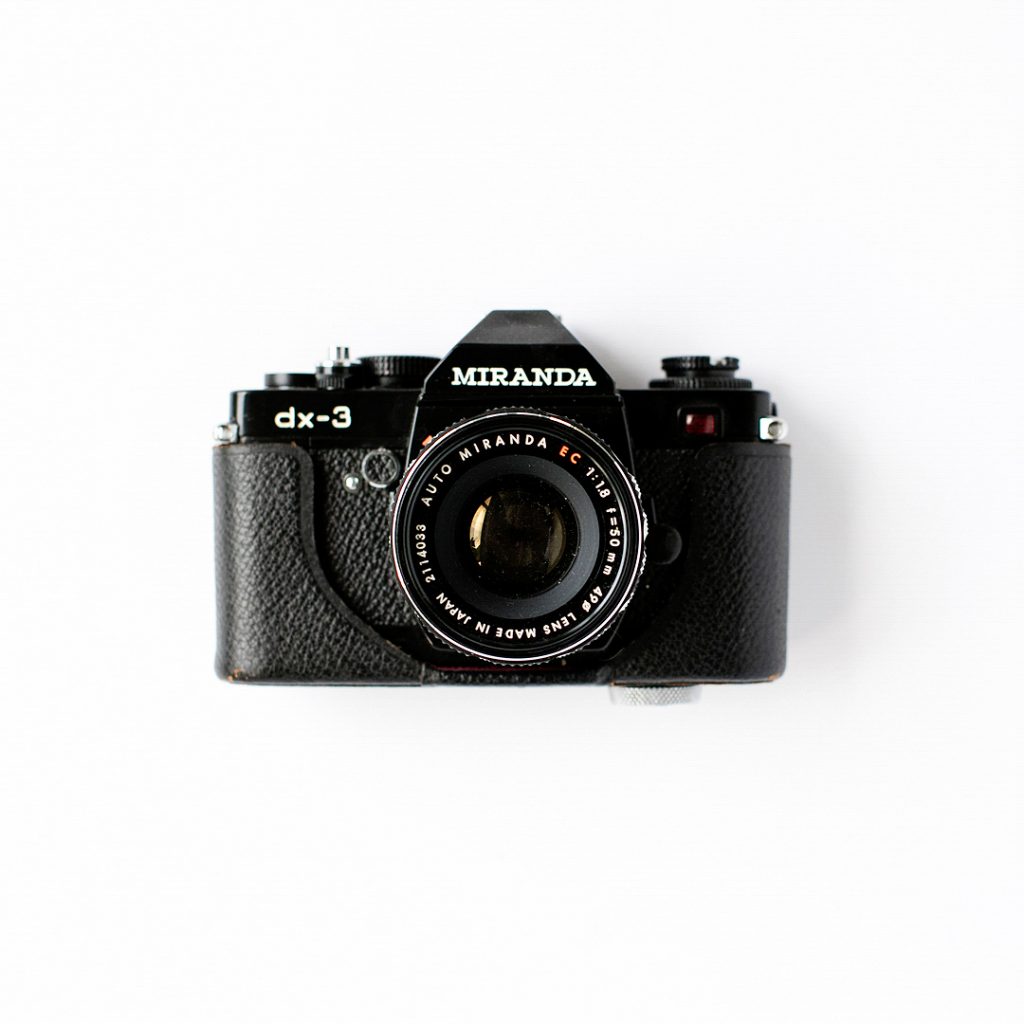How To Meter Film
In this series, I’m going to be answering all the most commonly asked questions when it comes to film photography. I am so excited to now be offering mentorships for photographers and I hope you find this information as helpful as my students have. Film photography has made such a positive impact on my life and business and I know it can do the same for you.
Let’s start with how and why you need to meter your film.

So, what is metering film?
Short answer? Reading the light.
Modern day cameras do a pretty great job at “seeing” light through the lens and communicating back to the camera’s computer. But when you’re working with a film camera chances are its 20, 30 40+ years old. I mean, can you imagine taking a photo today with a first generation iphone?
Just like technology has changed with phones, so it has with the internal meters in film cameras. If you want consistent and correctly exposed film images you need a handheld light meter to read the light and do the communicating for you.
Check out my favorite handheld light meter here.
How to Meter Your Film
- Set the ISO on the light meter according to the film stock you are shooting.
- Set the aperture you will be shooting at. 2.0, 2.8, 4.0, etc.
- Hold the meter in front of your subject at a 45-degree angle, pointing towards the ground to account for the shadows.
Tip: Be sure to face the bulb in the direction of the camera and not toward your subject. You want the meter to “see” exactly the same light that will be hitting your subject. - Press the button to take your reading and set your camera’s shutter accordingly.
Do you meter Bulb in or Bulb out?
Metering with your bulb in will give you about a half-stop of extra light. This acts like a buffer against underexposing your film.
Bulb out takes a light reading from every direction. It will average the highlights and shadows and give you a middle number to work with. A pro is that the bulb matches the contours of a face, so this could come in handy when shooting portraits. Con? If you are working in an area with a lot of contrast, i.e. direct sunlight or harsh shadows, then you can get skewed meter readings.
Most of the time whether you meter your film bulb in or bulb out it just comes down to personal preference. But remember, consistency is key. Whatever you choose, stick with it, at least through whatever rolls you’re shooting.
Best Light Meter for Film Photography
An industry favorite for good reason. I highly recommend the Sekonic l-358 light meter. You can find them anywhere from Ebay to Facebook marketplace. Just be sure to check out the source since you are buying used. I personally love having the option of a hassle free return just in case something doesn’t work which is why I bought mine on Amazon.
Stay tuned for next week when we’ll jump into how to rate your film and what’s the real difference between metering and rating.